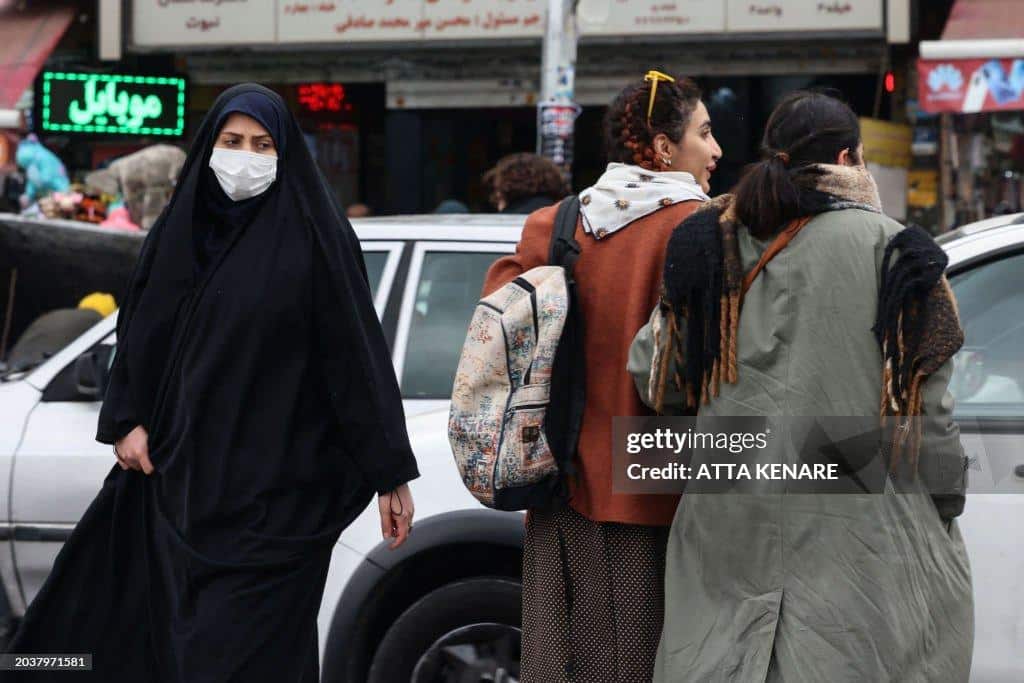
Since Iranian authorities have widely restricted access to abortion in an attempt to reverse demographic decline, more women are going outside the law to end unwanted pregnancies. According to figures from the Iranian Ministry of Health reported by the Khabaronline news website in June 2024, over 600,000 illegal abortions are performed annually in Iran. Experts say poverty, joblessness, and lack of social security are contributing factors forcing women to undergo an abortion despite serious risks.
In November 2021, Iranian lawmakers, under the auspices of Ayatollah Ali Khamenei passed a law called the “rejuvenation of the population and support of the family”. This “population law,” which is in effect for a 7-year trial period, quickly drew condemnation. UN human rights experts issued a statement calling for the law to be repealed. They decried the legislation as a “direct violation of women’s human rights under international law. This law violates the rights to life and health” by blocking access to a “range of reproductive health services” and information on reproductive rights, said the UN activists.”
Under the population law, abortions in the case of a threat to life of the mother or fetus will only be allowed by the permission of a panel consisting of a judge, a court-appointed doctor and a forensic doctor. Doctors or surgeons who perform abortions illegally risk the permanent loss of their license, prison sentences of two to five years, and heavy fines. Contraceptives are also no longer provided free of charge in health centers or pharmacies. Additionally, the law criminalizes any form of sterilization, including vasectomy and tubal ligation.
The Islamic Penal Code allows men to report their wives for having an abortion. In such cases, the women face fines, depending on the results of forensic investigations. The law also abolished the obligation to undergo genetic testing before pregnancy. Before its adoption, abortion was permitted if the fetus was proven to have severe disabilities by three doctors. This is expected to lead to a dramatic rise in birth defects.
According to the law, laboratories must register their patients’ data online. This allows for pregnant women to be identified and punished if they later fail to give birth. In October 2024, the head of the Center for Population Growth at Iran’s Ministry of Health warned that Center staff were actively identifying couples planning abortions in hospitals and doctor’s offices to pressure and dissuade them from doing so.
“Data clearly shows that criminalizing the termination of pregnancy does not reduce the number of women who resort to abortion,” the UN experts said. “Instead, it forces women to risk their lives by undergoing clandestine and unsafe procedures.”
Women turn to black market abortions
There are multiple indications that government restrictions have turned Iran into a booming black market for abortion drugs. Data from the Iranian Ministry of Health indicate around 60% of abortions are carried out at home using abortion pills, 30% in doctors’ clinics and 10% in “herbal stores” using herbal preparations.
In November 2024, Iran’s deputy health minister, Alireza Raisi, warned that declining birth rates mean Iran’s population could decrease by 50% before 2100. Along with the strict restrictions on reproductive health care, Iranian authorities are offering “incentives” under the population law to encourage families to have more children. These include providing 200 square meters of land for a family with a third child, brand new vehicles for mothers having a second child, and full health insurance for unemployed mothers with three or more children.
However, a sociologist told DW that he doubts Iranian authorities can actually provide these incentives to families:
“Before discussing population growth, we should ask ourselves how many resources are actually available. Can these promises be fulfilled at all?” the expert said under the condition of anonymity. He added that without the full acceptance of the Iranian public to have more children, the laws will only have a superficial effect, even if they are imposed by oppressive measures. “What about the quality of life and social well-being? Is there fair access to healthcare and education? And what is the capacity of the labor market?” he asked. “Even if the laws entice more people in economically depressed situations to have more children, the structural problems in Iran’s economy and society will remain a challenge to growth in the future.”
SOURCE: DW, by Elina Farhadi. 6 January 2025.



